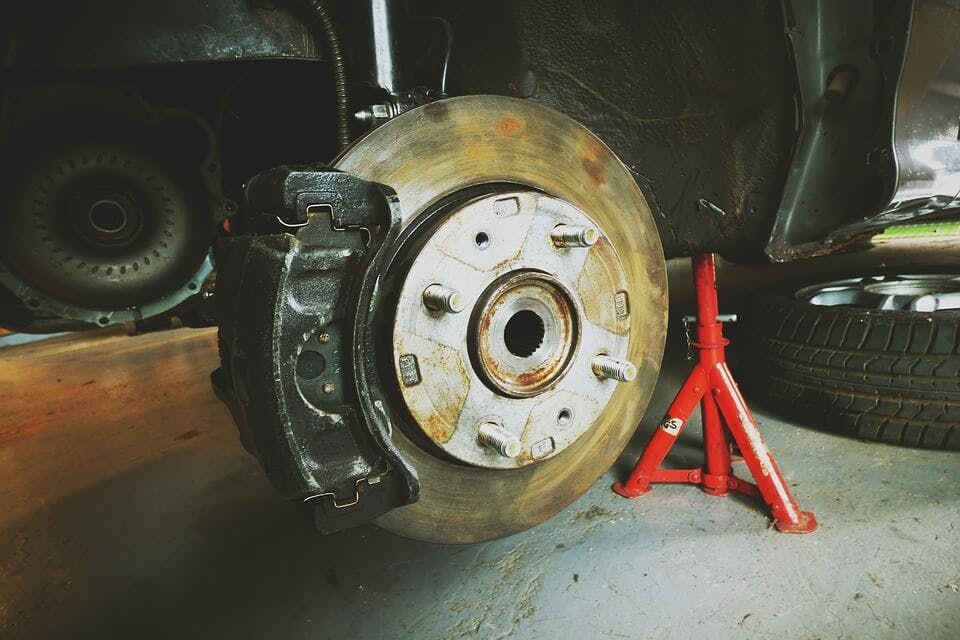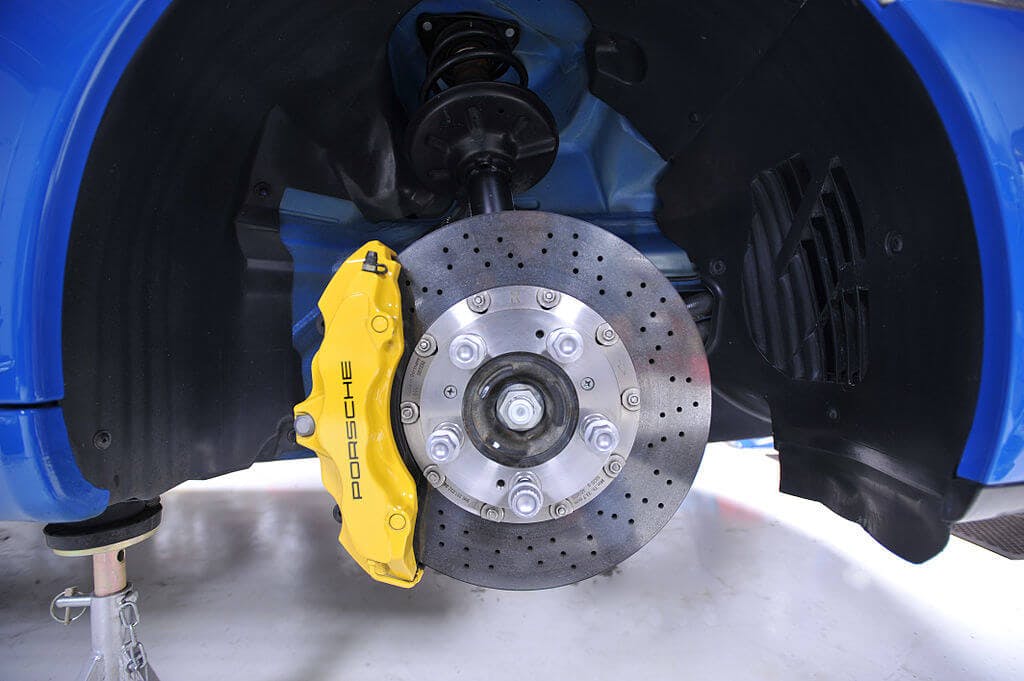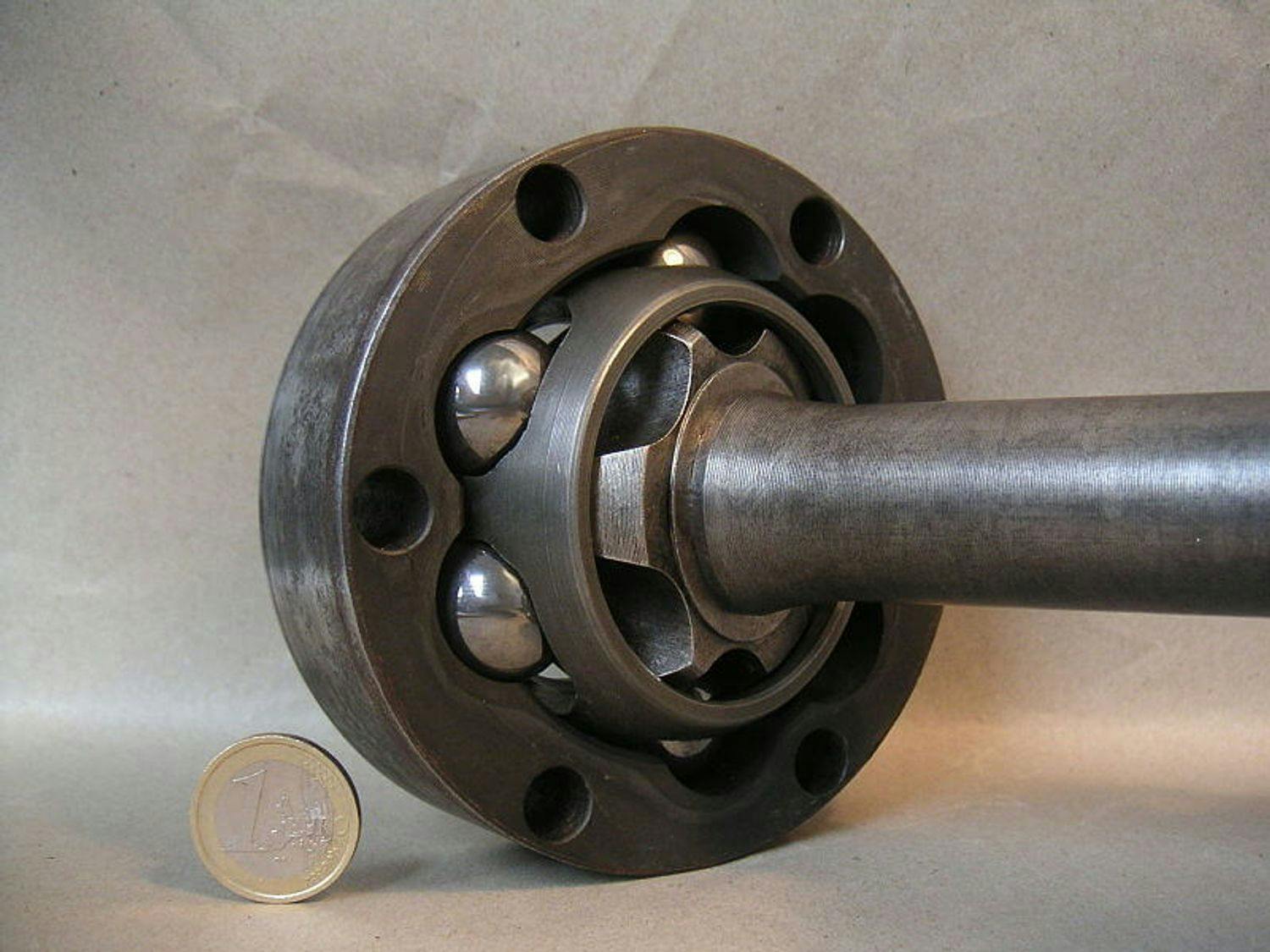Chassis and brakes: Identify the fault by the typical sound

Welcome to the next part of our series on car malfunctions that your ears can detect. The previous article on diagnosing malfunctions by hearing focused on the car exhaust system.
In today's article, we will look at another part of the car: the car's chassis and brake system.
Spis treści
- Introduction
- Monotonous humming, particularly noticeable when driving through corners
- Popping or crackling when turning the steering wheel
- Cracking and rumbling audible when cornering
- Squealing and rattling audible only when braking
- Rattling when driving over bumps
- Shocks and thuds when driving over bumps
- Clicking when driving over bumps
- Knocking when driving over bumps
- Conclusion
Introduction
All the malfunctions we will cover today can be detected easily using your ears. It is precisely with the help of hearing that it is possible to detect many malfunctions and problems, which are often still in their infancy.
Some malfunctions can be detected even before they could negatively affect the driving characteristics, consumption, performance, and other car parameters or negatively damage other parts and components of the vehicle.

Car Braking System: How does it work?
So, without further ado, let's look at chassis and brake system malfunctions manifested by their typical sound.
Monotonous humming, particularly noticeable when driving through corners:
Possible cause - Damaged bearing in the wheel hub on one side of the car.
Solution - In this case, it is necessary to find out which wheel the sound is coming from, or which bearing is damaged. If the hum is heard in left-hand turns (right wheels loaded), the right side is probably damaged, and if in right-hand turns (left wheels loaded), then on the left side. The replacement of this car part is among affordable repairs.
Popping or crackling when turning the steering wheel:
Possible cause - Damaged homokinetic joint. If there is a popping or crackling sound from the front of the car when turning the wheels to the left or right or when driving slowly forward and backward, it is almost 100% certain that it is a worn homokinetic joint.

Constant-Velocity Joint: Why is it important?
Solution - Replacement of the damaged joint. Replacing the homokinetic joint is not one of the most expensive, but not the cheapest, but it all depends on the type of car.
Cracking and rumbling audible when cornering:
Possible cause - Again, it can be a damaged homokinetic joint.
Solution - Replacement of the damaged joint. In the best case, only the joint needs to be replaced; in the worst case, the entire half-axle must be replaced.
Squealing and rattling audible only when braking:
Possible cause - Excessively worn brake pads causing metal-to-metal friction during braking.

Brake Pads: How do they work, and which are the best?
Solution - Accelerated replacement of brake pads. However, due to the extensive neglect of the brake system, it will probably be necessary to replace the brake discs and pads.
Rattling when driving over bumps:
Possible cause - Worn silent blocks of the stabilizer, bearing struts, or wheel suspension parts.
Solution - Replacement of worn or otherwise damaged car parts.
Shocks and thuds when driving over bumps:
Possible cause - Worn (leaking) suspension shock absorbers. In this case, not dampened by a functional shock absorber, the wheel bounces off and hits the road again. This can cause quite a serious problem when driving quickly over bumps. A damaged shock absorber can manifest in side winds when the body can tilt.
Solution - Replacement of the damaged suspension shock absorber.
Clicking when driving over bumps:
Possible cause - It is probably a cracked axle spring. The springs usually snap in the lower windings, manifesting in sharp vehicle leans when cornering.
Solution - Replacing the spring. However, this repair is one of the more time- and financially demanding repairs, but it needs to be done as soon as possible, especially with regard to driving safety.
Knocking when driving over bumps:
Possible cause - These are probably damaged pins on the stabilizer rods, whose task is to reduce the vertical movements of the wheels, for example, when driving over an uneven surface.
Solution - Replacement of stabilizer bars.
Conclusion
Of course, there are countless other malfunctions of the engine and its components, manifested by similar acoustic or other manifestations. These are the most common brake system malfunctions that can be detected by hearing.